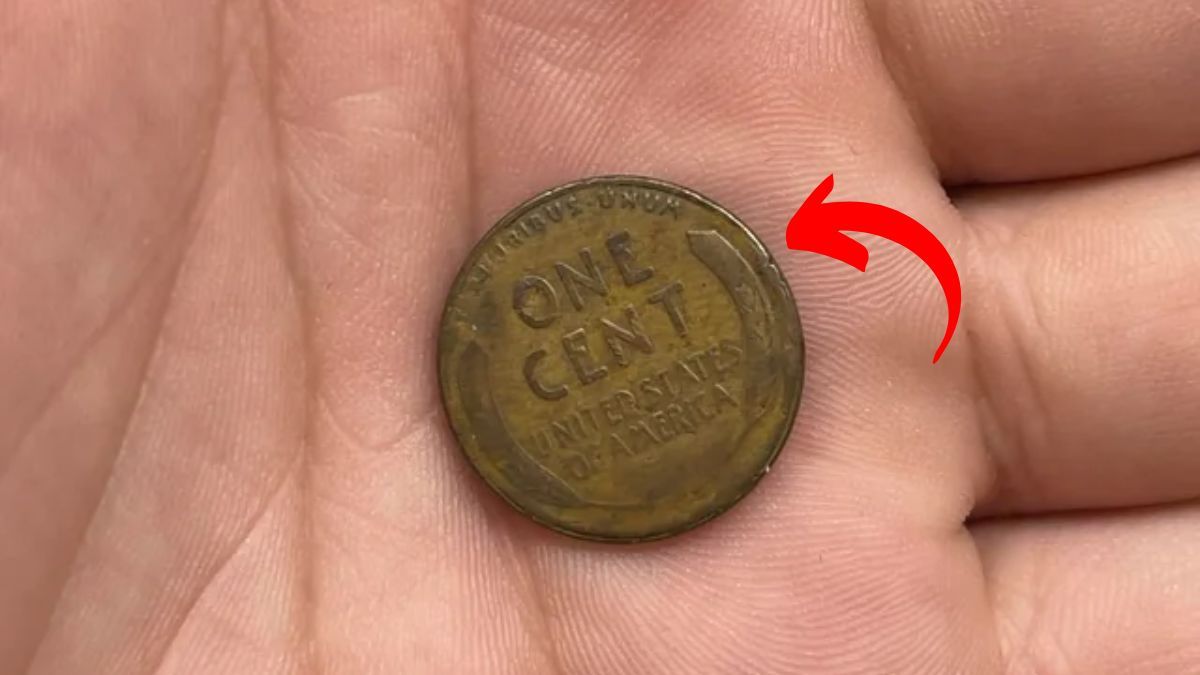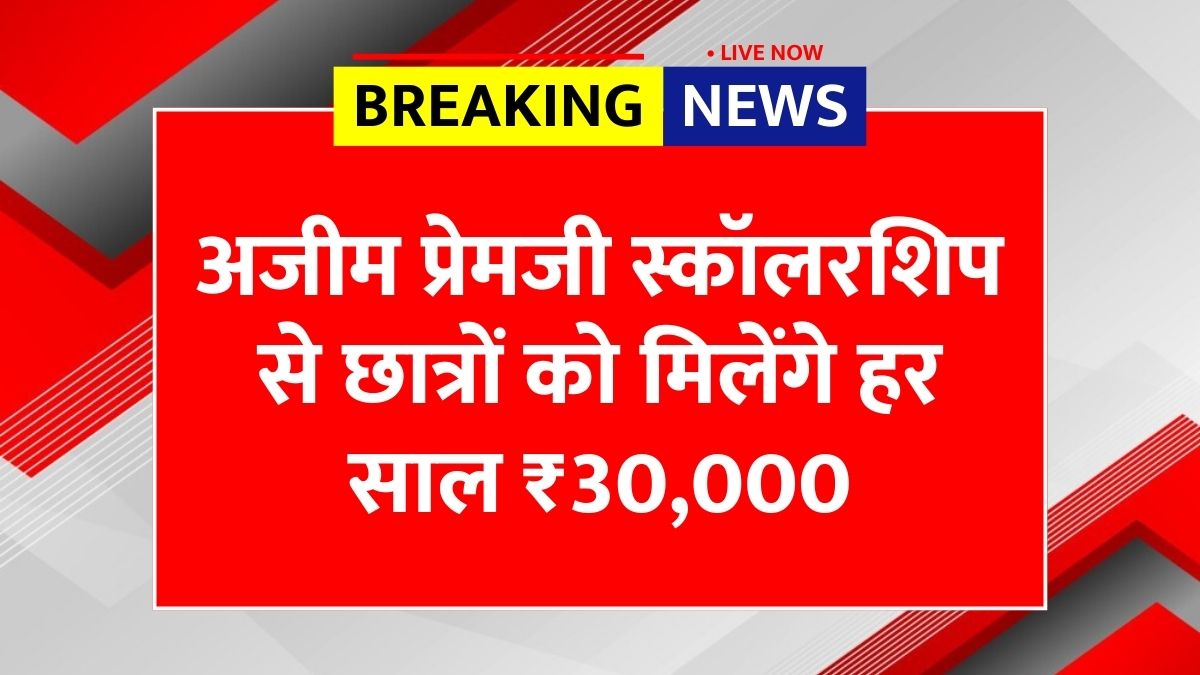The Lincoln Wheat Penny, a small and common-looking coin, has shocked the world with its rumored value of $2.2 billion. This has left many people wondering how a simple 1-cent coin can be worth more than most rare diamonds or historical artifacts. While this figure seems unbelievable, it has certainly drawn attention to old coins and their hidden value. Many collectors and coin lovers are now checking their pockets, hoping to find this legendary penny.
What Is the Lincoln Wheat Penny?
The Lincoln Wheat Penny was first released in 1909 and continued until 1958. It features the face of Abraham Lincoln on the front and two wheat stalks on the back. These coins were made mostly of copper, and millions were produced each year. Most of them are only worth a few cents today, but certain rare versions can be worth thousands—or even millions—of dollars.
Why Is This Penny So Valuable?
The story of the $2.2 billion Lincoln Wheat Penny is based more on mystery and media excitement than confirmed fact. There is no official record of a single penny being sold for this amount. However, rumors suggest that a unique version of the coin—possibly with a rare minting error or made from a special metal—could be worth an enormous amount to the right collector.
Some coin experts believe that this rumor is based on the 1943 copper Lincoln penny. During World War II, pennies were supposed to be made of steel to save copper for the war. However, a few copper ones were mistakenly made. Only a handful of these exist, and they have been sold for up to $1.7 million. But $2.2 billion? That would be a new record in the world of coin collecting.
Still in Circulation?
What makes this story even more interesting is the idea that this billion-dollar coin might still be in circulation. That means someone could unknowingly have it in their pocket, wallet, or piggy bank. It sounds like a dream, but it’s not impossible. Old coins sometimes slip through the cracks and end up being used like regular money. That’s why many people are now closely examining every penny they come across.
How to Spot a Rare Lincoln Wheat Penny
If you’re curious whether you have a valuable penny, here are a few things to check:
-
Date: Look for coins from 1909 to 1958. Pay extra attention to 1909-S VDB and 1943 copper pennies.
-
Mint mark: A small letter under the date shows where the coin was made. “S” means San Francisco, “D” is Denver, and no letter means Philadelphia.
-
Condition: The better the condition, the more it’s worth.
-
Errors: Double stamping, missing letters, or unusual colors can make a coin rare.
Use a magnifying glass to inspect closely. If it looks unusual, consider getting it checked by a coin expert or a local collector.
What to Do If You Think You Have One
If you believe you’ve found a rare Lincoln Wheat Penny, don’t rush to sell it. First, have it professionally graded and authenticated. Reputable coin grading companies can confirm its condition and rarity. After that, you can contact collectors, auction houses, or online marketplaces to get the best value for it.
Final Thoughts
Whether or not the $2.2 billion Lincoln Wheat Penny really exists, the buzz has brought attention to the hidden treasures in everyday change. It reminds us that sometimes great value can come in the smallest forms. So the next time you receive change, take a moment to look at your coins—you never know what piece of history you might be holding.
Disclaimer: The prices mentioned for rare coins, including the Lincoln Wheat Penny, are not guaranteed and may not be entirely accurate due to market fluctuations and varying appraisals.









